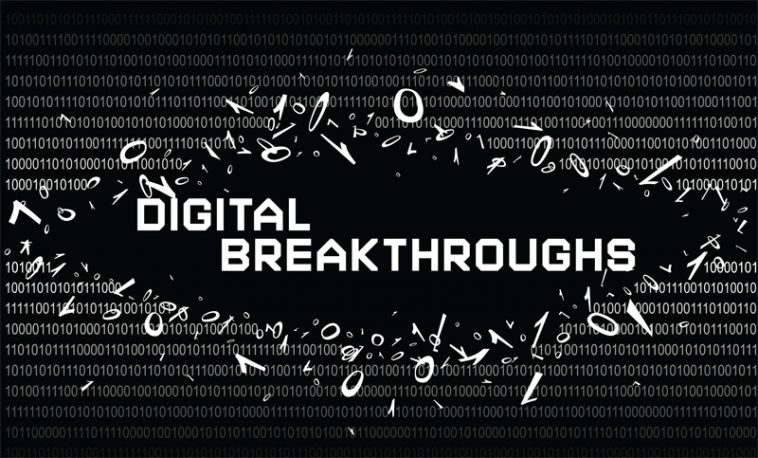Christine Lagarde, the managing director of the International Monetary Fund, delivered an inclusive speech to the United Nations Economic Commission for Africa in Addis Ababa Ethiopia. Christine was introduced by Madame Executive Secretary Songwe, and later on the floor, she took the podium. In her opening remarks, Christine showed how she was happy to be involved at the United Nations Economic Commission for Africa (UNECA) and thanked the Ethiopian government for welcoming her into the country’s capital.
She talks about having an opportunity to visit the Eastern industrial park and witness how technology requires public involvement and a good public to private sector collaboration for success. She says that there is a direct link between roads, health systems and innovation and roads. That reminded her that for technology to succeed there must be a strong foundation. Christine based her talk on the effect t of technology for the African economy and the new opportunities to be created for the young generation. She noted that the changes require all the energy and resources to be directed to the youth which represents 75% of the African working population.
She took the gathering back to history when one famous artist, Afewerk Tekle was behind the creation of the beautiful stained glass windows that are part of UNECA’s headquarters. Technology is already giving Africa a different face than before it only requires the right investment and it will help build stronger economies for Africa in the future. After the brief introduction, Christine had a chance to major now on her main speech.
According to her, there is a stable economic growth and high expectations for the future. The International Monetary Fund foresaw 3.6 percent growth for 2017 and 3.7 percent for 2018. The growth is distributed in many countries across Africa and is expected to go up to 2.9 percent in 2017 and 3.5 percent in 2018 and 2019. Analyzed on the GDP per capita basis, 15 countries on the continent are expected to see a decline this year. This includes around 40 percent of the population. Despite the developments, there are still worries which have to be worked on. One of them being a high increase in public debt, which has reached 50 percent of GDP in nearly half of sub-Saharan Africa’s countries this can be a huge setback.
Christine talked about the need of having the right environment for technological innovation. The achievements of some innovations have been witnessed in various parts of Africa. She noted that people tend to base more on the conditions that helped facilitate the innovations giving an example of financial integration. The new technology has made credit more accessible in various African countries. In 2015, almost 35 percent of the adult population in sub-Sahara Africa had a mobile money account, the highest percentage in the world. Other countries are seen to be following the footsteps of Kenya since its leading in mobile banking. Countries like Uganda, Somalia, Côte d’Ivoire, Zimbabwe and Uganda and much more have taken the same lane. Most people currently have mobile banking accounts as compared to traditional banking account.
As more citizens access to credit and achieve basic economic security, opportunities develop, aspirations grow, and a brighter future comes easily. It also a critical factor to improve trust. Mobile banking can help eliminate the middle man and create more confidence throughout society. The same is replicated in infrastructure investment. Inadequate and unreliable electricity in Africa poses a threat to the development of manufacturing industries in Africa. It has been noted that a large number of people in Africa cannot access electricity to mean they stay in darkness. However, solar energy has come in to fill the void, especially in Kenya, Tanzania, and Ghana. M-kopa in Kenya has managed to bring electricity to more than 500, 000 people by its good terms of acquiring their solar panels. In Morocco, construction is underway on a facility that will become one of the largest solar power plants in the world. These projects will help Africa close its infrastructure gap, which is estimated to be over $90 billion annually. And they are most likely to succeed when the public and private sector work together. That is one of the reasons that the IMF is supporting the Compact with Africa, a joint project between the G20 and seven African nations so far, which is designed to boost private sector investment and create jobs.
Young entrepreneurs in Togo, who were supported by a community innovation lab, developed the first 3D printer made entirely of electronic waste. They saw a problem in their city digital junkyards full of cell phones and laptops discarded from other parts of the world, and they had an idea. When governments put technology into practice, millions of people can be helped. Think of Sierra Leone. During the Ebola outbreak, some emergency responders had to leave their patients for days to go and collect payments from a regional office.



